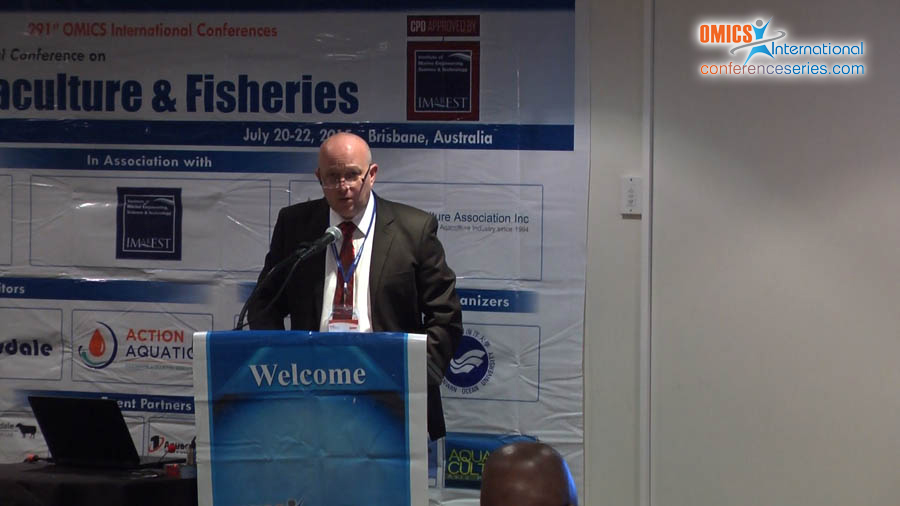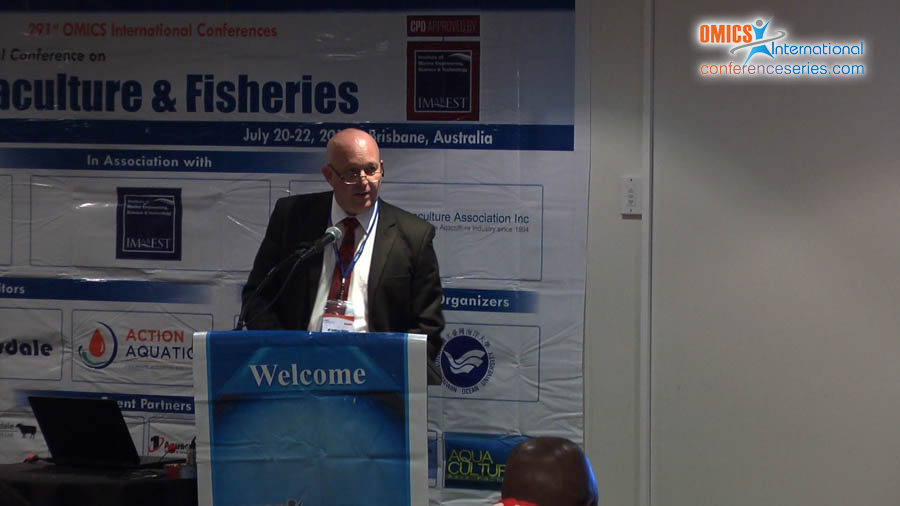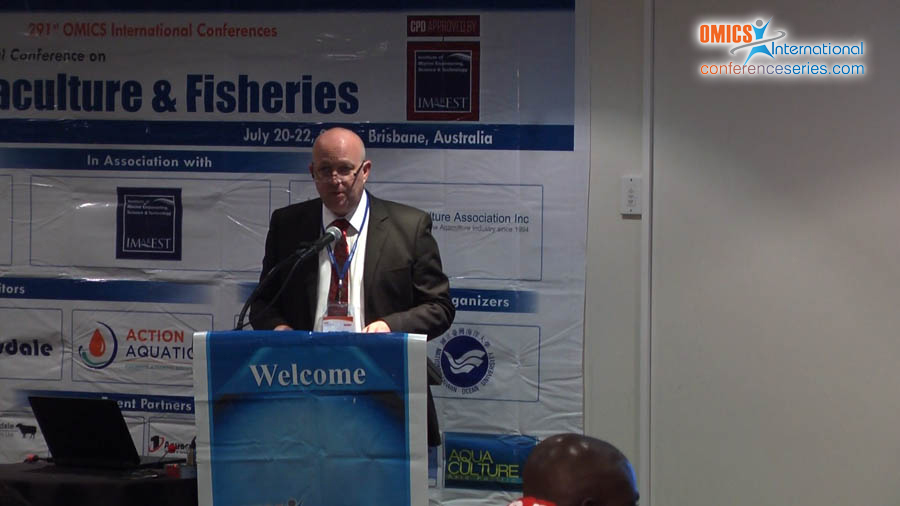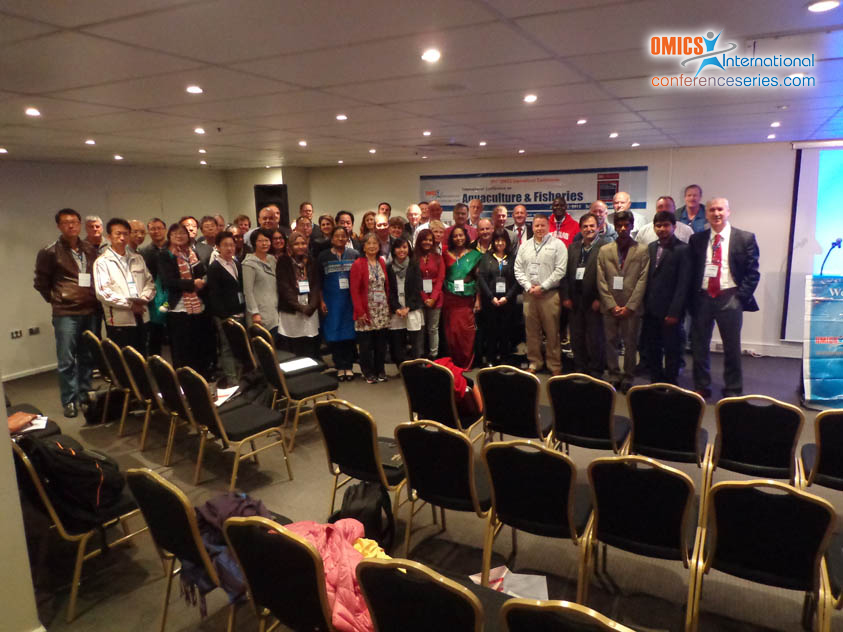
W Lindsey White
Auckland University of Technology
New Zealand
Title: World seaweed utilization: A summary
Biography
Biography: W Lindsey White
Abstract
In 1999 one of us (WLW) published a summary of world seaweed utilisation (Zemke-White and Ohno, 1999). At the time, reliable data on seaweed harvesting and farming was difficult to come by, and so the data was extracted from the book “Seaweeds of the World†edited by Alan Critchley and Masao Ohno. This resource was updated in 2006 and produced as a CD-ROM entitled World Seaweed Resources (Critchley et al. 2006). To provide an update on Zemke-White and Ohno (1999), we obtained the reported seaweed production weights from the FAO (2014) dataset. Worldwide, some 264 species of seaweeds are used by humans, mainly for food and hydrocolloid production (e.g .alginates, agar and carrageenan), but also for medicines, paper, fertiliser and animal feed. In 2012 close to 21 million tonnes wet weight of seaweeds were used, with just over 20 million tonnes of that cultured as opposed to wild harvest. Production is dominated by Indonesia, China and the Philippines. Indonesia produces 5.7 million t of Euchuema . China produces large amounts of: Laminaria (4.8 million t), Gracilaria (1.9 million t), Undaria (1.7 million t) and Porphyra (1.1 million t). In the Philippines, . Euchuema dominates with 1.7 million tonnes produced. These 5 seaweeds made up 96.7% of the total seaweed harvest in 2012.





